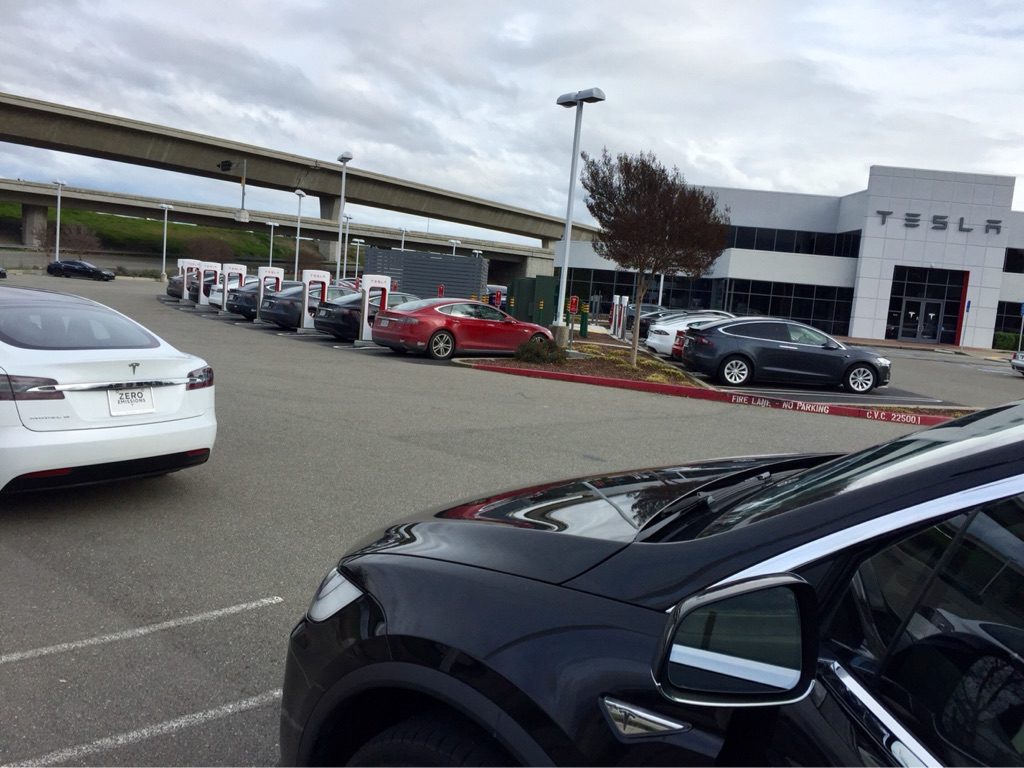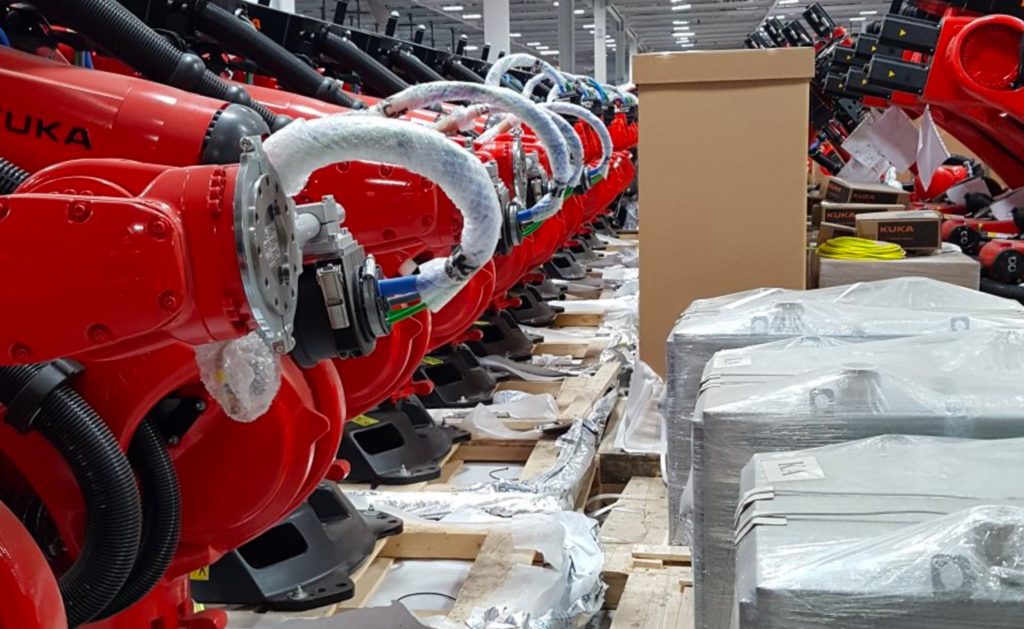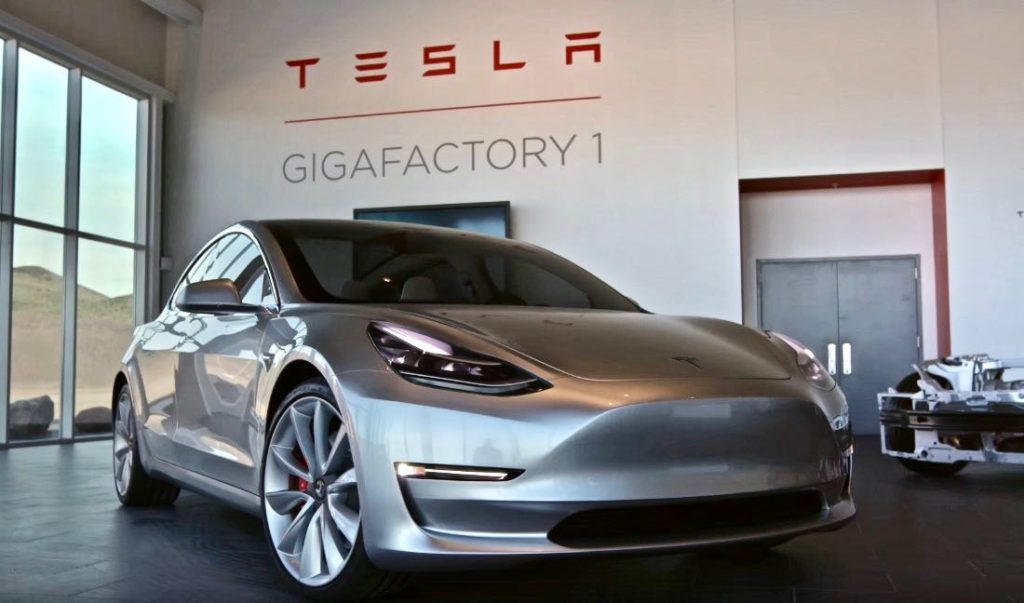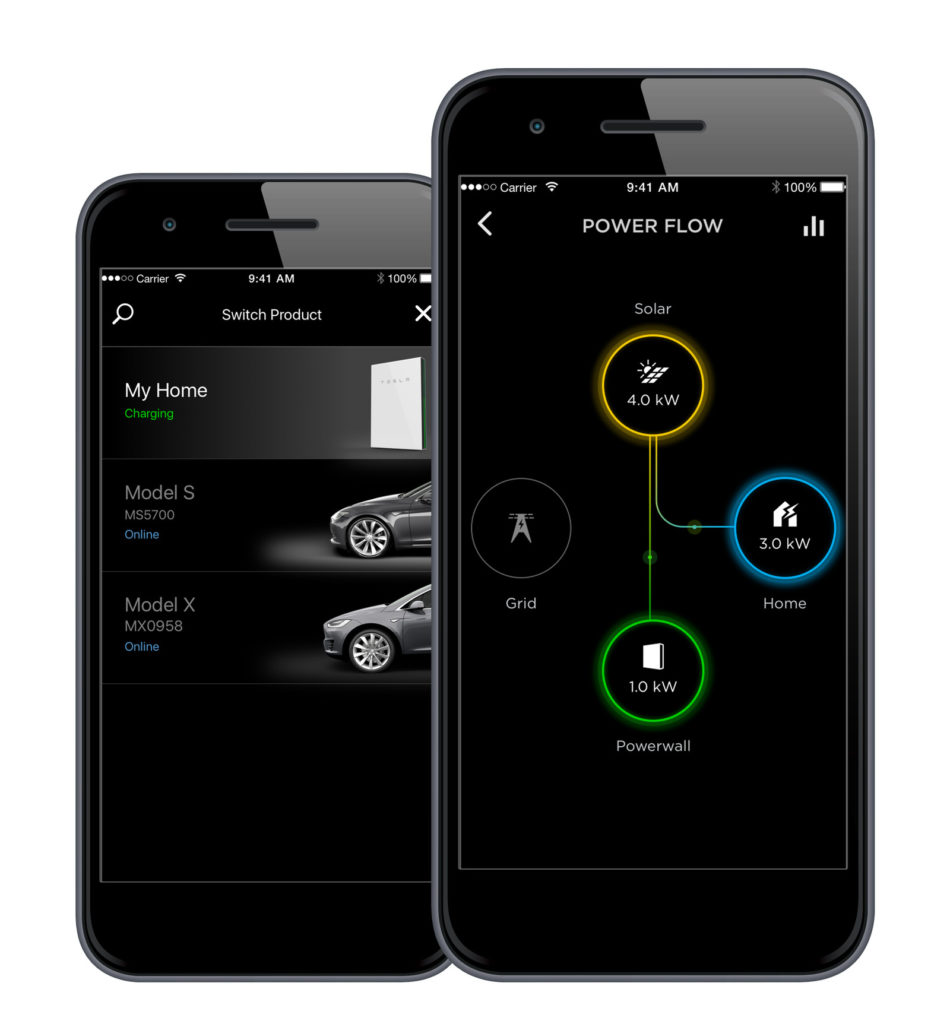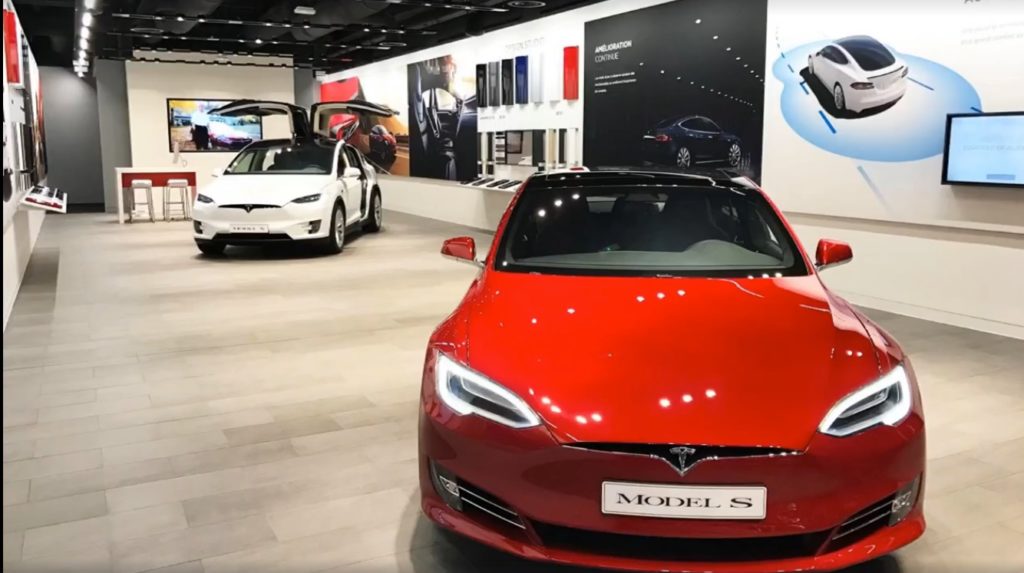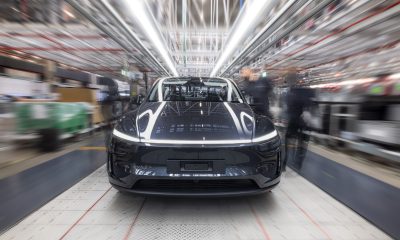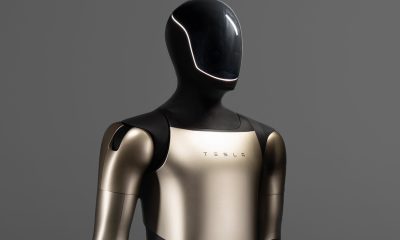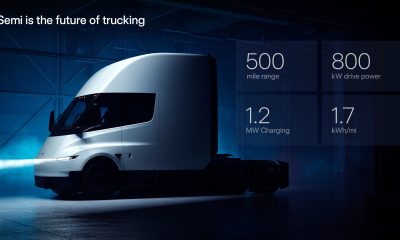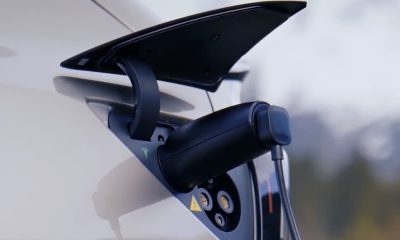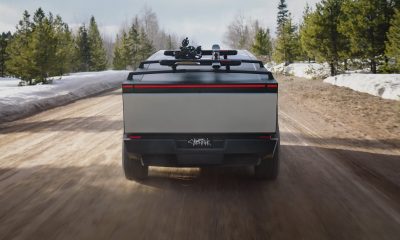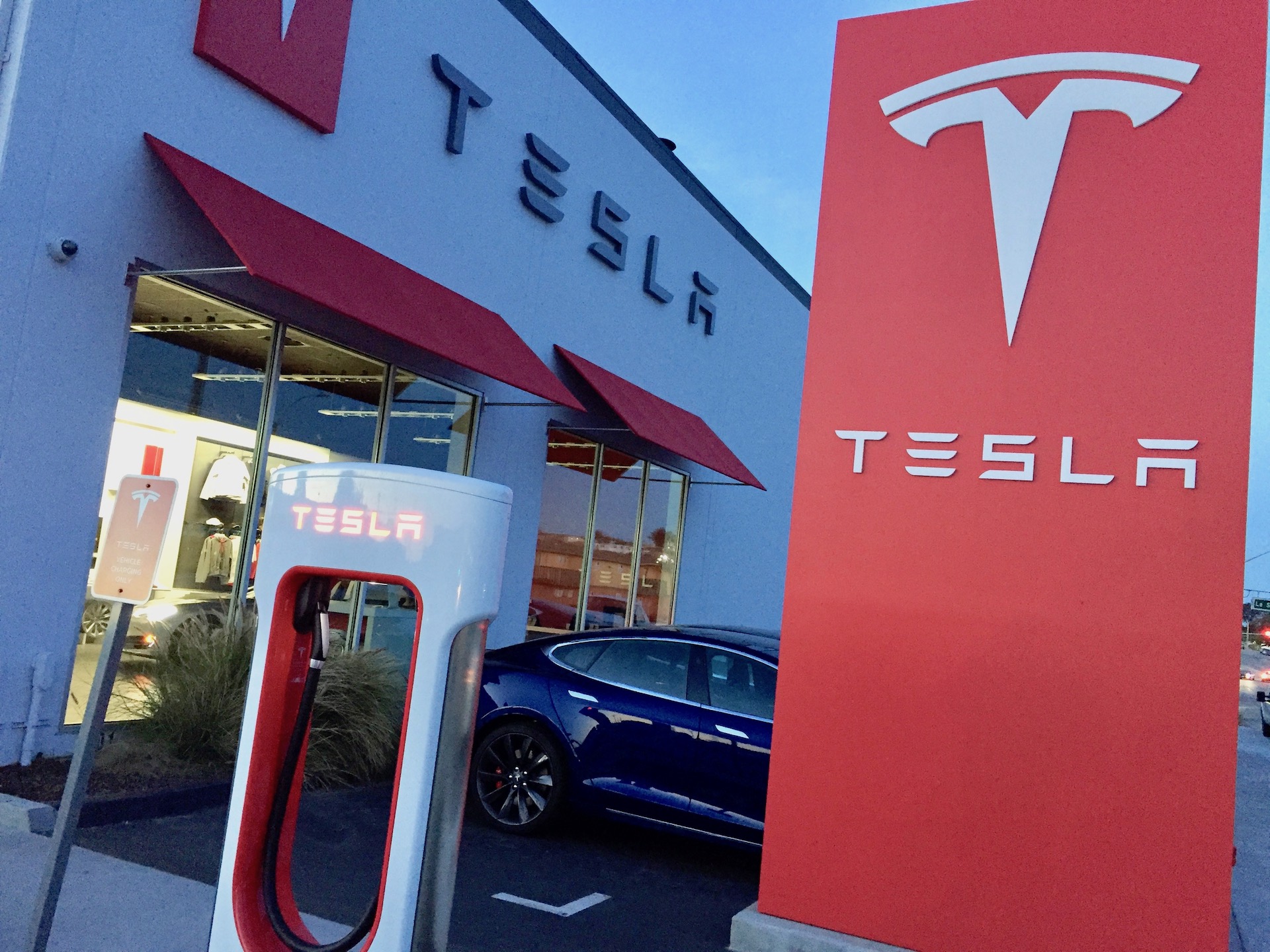
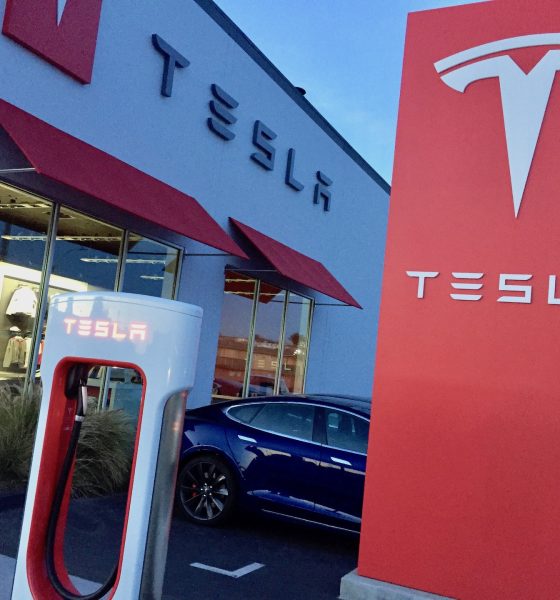
Energy
2X Superchargers, Model 3 robots, mobile app update: Tesla week in review
The top stories this week on Teslarati focused almost exclusively on Tesla’s constant innovations, with just a bit of ennui thrown in about one Tesla software update oversight. Tesla’s announcement that it would be increasing its Supercharger network was greeted with great enthusiasm, as were reports from some Tesla owners touring the factory who saw a number of Kuka robots aimed at Model 3 production.
Updates to Tesla iOS and Android apps will help Powerwall and other Tesla product owners to have increased control, while Consumer Reports decried Tesla’s foot-dragging in updating its automatic emergency braking software. Here are those stories and more on our “Tesla week in review.”
Tesla prioritizes Supercharger expansion “so drivers never wait to charge”
In order to expand the capacity of its network of fast electric car chargers as well as to shorten wait times at existing stations, Tesla has announced that it will double the number of Supercharger stations in 2017. The upcoming Tesla Model 3, which has a mass market target audience, is a significant motivation for the all-electric car company to refine its charging network. The goal is to increase the 5,000 Superchargers around the world to a total of 10,000 by the end of the year.
The announcement also included the company’s intention to build larger Supercharger sites along the busiest travel routes and in areas further away from the highway for the convenience of local drivers.
Leaked Tesla factory photos reveal ‘alien’ robot army for Model 3 production line
Advanced robots will play a significant role in Tesla’s Model 3 manufacturing process as the company continues to hold to its July production start date. The company is reported to have had nearly 500 new robots delivered recently. They seem to be part of the Model 3 “alien dreadnought” production line that Tesla CEO Elon Musk predicted last summer during an earnings call.
Tesla bets big as factory prepares for Model 3 final production tooling
Tesla will be relying on “advanced analytical techniques,” or computer simulations, to test the Model 3. Generally, auto manufacturers look to a beta production phase in which prototype tooling fosters a small run of pilot cars that are evaluated for reliability. Skipping this usual step will allow Tesla to cut costs and speed up delivery time. Tesla is not alone in looking to computer generation as forerunner to actual production. Audi initiated production at its new Mexico plant using computer simulations of production tools, the entire assembly line, and factory, which accelerated production 30 percent faster than anticipated. Tesla is betting that it can produce cars that present with consistent tolerances and lack of quality-control issues, which have plagued previous Tesla model releases.
Tesla updates mobile app with Powerwall and solar energy monitoring features
In order to provide Powerwall owners with up-to-date information about solar power generation, battery power flow, household energy consumption, and the like, Tesla has updated its iOS and Android apps. The app update will allow owners to monitor other Tesla products, too, like their Model S and Model X vehicles. For example, if a power outage were to be likely, owners can now adjust the amount of power stored by their Powerwall home battery pack. App users access a new “Power Flow” screen to assess household energy storage and consumption by connected Tesla Energy products.
CR downgrades Tesla Model S, X over missing automatic emergency braking feature
In response to Tesla’s perceived failure to update software that would have enabled automatic emergency braking (AEB) in versions built since October, 2016, Consumer Rreports has cut its ratings for both models. “When we purchased our latest test car, we were assured automatic emergency braking would be enabled by the end of 2016,” said Jake Fisher, director of CR’s Auto Test Center. CR consistently applies higher scores to vehicles with AEB as a standard feature, which the organization believes reduces crashes and cuts the likelihood of serious injuries.
Energy
Tesla and Samsung SDI in talks over new US battery storage deal: report
The update was related by industry sources and initially reported by South Korean news outlets.

Recent reports have suggested that Tesla and Samsung SDI are in talks over a potential partnership to supply batteries for large-scale energy storage systems (ESS).
The update was related by industry sources and initially reported by South Korean news outlets.
ESS batteries to be built at Samsung’s Indiana plant
As noted in a report from Korea JoongAng Daily, the demand for energy storage systems has been growing rapidly in North America, thanks in no small part to the surge in AI investments across numerous companies. With this in mind, Tesla has reportedly approached Samsung SDI about a potential battery supply deal.
The deal is reportedly worth over 3 trillion Korean won (approximately $2.11 billion) and will span three years, according to The Korea Global Economic Daily. A battery supply deal with Samsung SDI could make sense for Tesla as the company already has a grid-scale battery, the Megapack, which is perfect for industrial use. Samsung SDI could simply supply cells for the EV maker.
Production of the batteries would reportedly take place at Samsung SDI’s joint venture factory with Stellantis in Indiana, which is currently under construction. Samsung SDI recently announced plans to use part of that plant’s EV lines to produce cells for ESS, with a targeted capacity of 30 GWh by the end of next year.
Tesla and Samsung’s partnership
At present, only a handful of manufacturers, including Korea’s LG Energy Solution, Samsung SDI, SK On, and Japan’s Panasonic, are capable of producing energy storage-scale batteries domestically in the United States. A Samsung SDI official issued a comment about the matter, stating, “Nothing has been finalized regarding cooperation with Tesla.”
The possible energy storage system deal adds another layer to Tesla’s growing collaboration with Samsung, which is already in line as a partner in the upcoming production of Tesla’s AI5 and AI6 chips. Early sample manufacturing of the AI6 is expected to begin in South Korea, with mass production slated for Samsung’s Texas-based Taylor foundry when it starts operations.
The AI6 chip will power Tesla’s next wave of high-volume projects, including the Optimus humanoid robot and the autonomous Cybercab service. Musk has called the partnership with Samsung a “real collaboration,” adding that he personally plans to “walk the line” at the Taylor facility to speed up progress.
Energy
Tesla VP hints at Solar Roof comeback with Giga New York push
The comments hint at possible renewed life for the Solar Roof program, which has seen years of slow growth since its 2016 unveiling.

Tesla’s long-awaited and way underrated Solar Roof may finally be getting its moment. During the company’s Q3 2025 earnings call, Vice President of Energy Engineering Michael Snyder revealed that production of a new residential solar panel has started at Tesla’s Buffalo, New York facility, with shipments to customers beginning in the first quarter of 2026.
The comments hint at possible renewed life for the Solar Roof program, which has seen years of slow growth since its 2016 unveiling.
Tesla Energy’s strong demand
Responding to an investor question about Tesla’s energy backlog, Snyder said demand for Megapack and Powerwall continues to be “really strong” into next year. He also noted positive customer feedback for the company’s new Megablock product, which is expected to start shipping from Houston in 2026.
“We’re seeing remarkable growth in the demand for AI and data center applications as hyperscalers and utilities have seen the versatility of the Megapack product. It increases reliability and relieves grid constraints,” he said.
Snyder also highlighted a “surge in residential solar demand in the US,” attributing the spike to recent policy changes that incentivize home installations. Tesla expects this trend to continue into 2026, helped by the rollout of a new solar lease product that makes adoption more affordable for homeowners.
Possible Solar Roof revival?
Perhaps the most intriguing part of Snyder’s remarks, however, was Tesla’s move to begin production of its “residential solar panel” in Buffalo, New York. He described the new panels as having “industry-leading aesthetics” and shape performance, language Tesla has used to market its Solar Roof tiles in the past.
“We also began production of our Tesla residential solar panel in our Buffalo factory, and we will be shipping that to customers starting Q1. The panel has industry-leading aesthetics and shape performance and demonstrates our continued commitment to US manufacturing,” Snyder said during the Q3 2025 earnings call.
Snyder did not explicitly name the product, though his reference to aesthetics has fueled speculation that Tesla may finally be preparing a large-scale and serious rollout of its Solar Roof line.
Originally unveiled in 2016, the Solar Roof was intended to transform rooftops into clean energy generators without compromising on design. However, despite early enthusiasm, production and installation volumes have remained limited for years. In 2023, a report from Wood Mackenzie claimed that there were only 3,000 operational Solar Roof installations across the United States at the time, far below forecasts. In response, the official Tesla Energy account on X stated that the report was “incorrect by a large margin.”
Energy
Tesla China’s Megafactory helps boost Shanghai’s battery exports by 20%: report
Located in the Lingang New Area of the Shanghai Free Trade Zone, the Tesla Megafactory has been running at full throttle since opening in February.
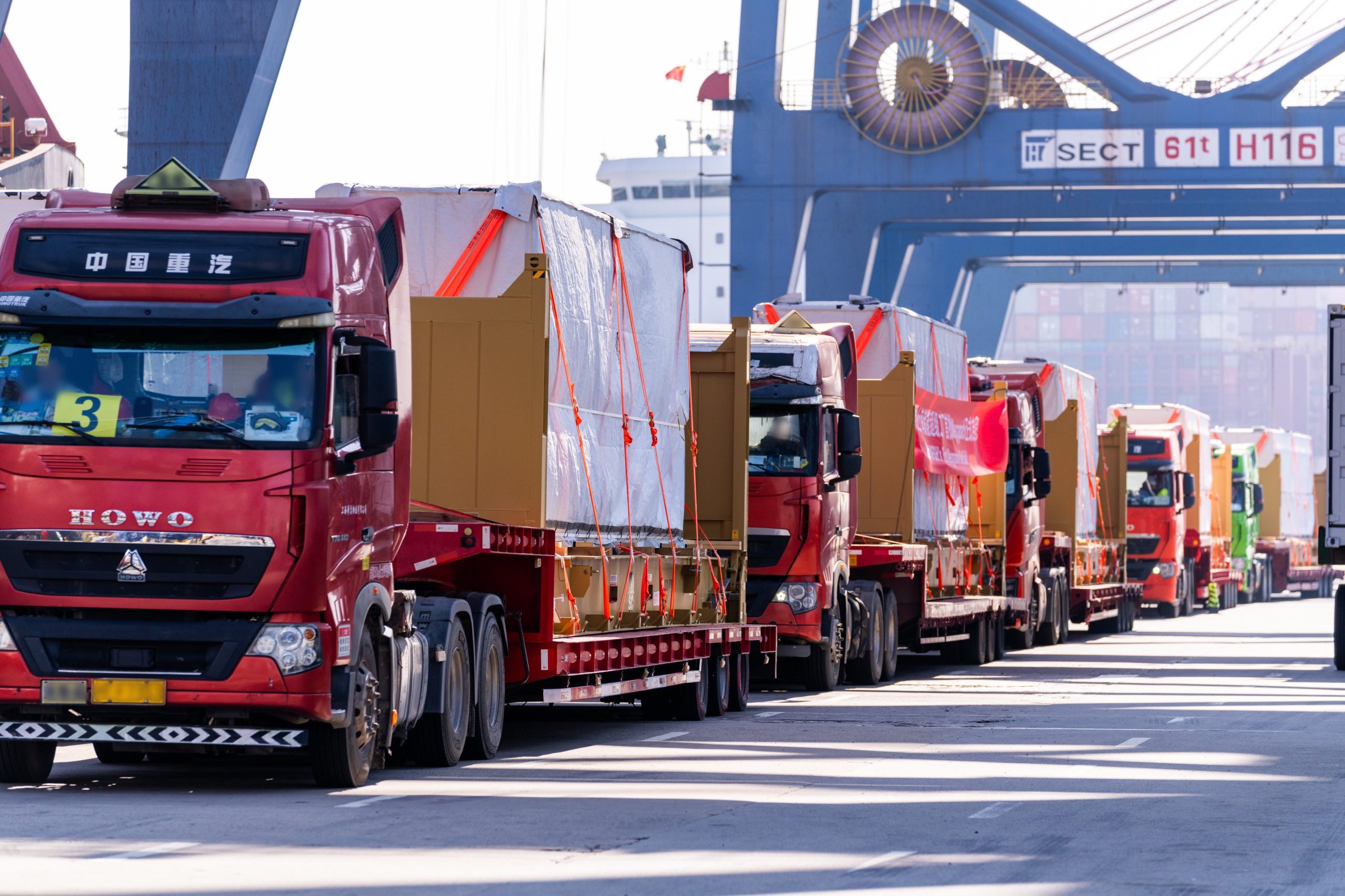
Reports from China have indicated that the Tesla Shanghai Megafactory has become a notable player in China’s booming battery export market.
Located in the Lingang New Area of the Shanghai Free Trade Zone, the Tesla Megafactory has been running at full throttle since opening in February. It produces Tesla Megapack batteries for domestic and international use.
Tesla Shanghai Megafactory
As noted in a report from Sina Finance, the Tesla Shanghai Megafactory’s output of Megapack batteries helped drive a notable rise in lithium battery shipments from the city in the first three quarters of 2025. This is quite impressive as the Megafactory is a rather young facility, though it has been steadily increasing its production capacity.
“The establishment of this benchmark factory has not only driven the rapid development of Shanghai’s energy storage industry but also become a new growth engine for foreign trade exports. Driven by the Tesla energy storage factory’s opening, Shanghai’s lithium battery exports reached 32.15 billion yuan ($4.5 billion) in the first three quarters, a 20.7% increase,” the publication wrote.
Ultimately, the Shanghai Megafactory has proved helpful to the city’s “new three” industries, which are comprised of new energy vehicles, lithium batteries, and photovoltaic systems. Exports of the “new three” products reached 112.17 billion yuan ($15.7 billion), a 6.3% year-over-year increase during the same period. The city’s total trade volume grew 5.4% year-over-year as well, with exports up 11.3%, driven largely by the clean energy sector’s performance.
Energy storage is helping Shanghai
Since opening in February, the Shanghai Megafactory has been firing on all cylinders. In late July, Tesla Energy announced that the new battery factory has successfully produced its 1,000th Megapack unit. That’s quite impressive for a facility that, at the time, had only been operational for less than six months.
Speed has always been a trademark of the Shanghai Megafactory. Similar to Tesla’s other key facilities in China, the Megafactory was constructed quickly. The facility started its construction on May 23, 2024. Less than a year later, the site officially started producing Megapack batteries. By late March 2025, Tesla China noted that it had shipped the first batch of Megapack batteries from the Shanghai plant to foreign markets.
-
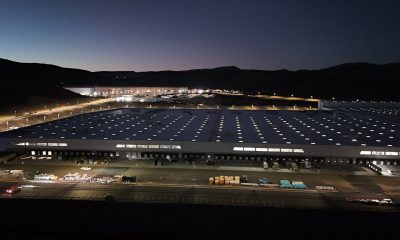
 News3 days ago
News3 days agoTesla shares rare peek at Semi factory’s interior
-

 Elon Musk3 days ago
Elon Musk3 days agoTesla says texting and driving capability is coming ‘in a month or two’
-
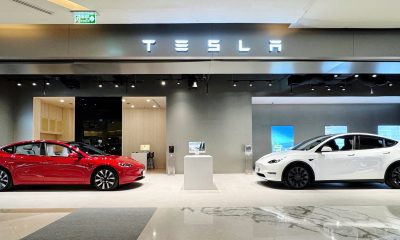
 News2 days ago
News2 days agoTesla makes online ordering even easier
-
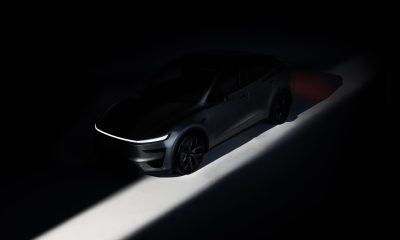
 News3 days ago
News3 days agoTesla Model Y Performance set for new market entrance in Q1
-
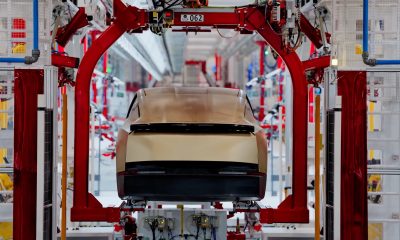
 News3 days ago
News3 days agoTesla Cybercab production starts Q2 2026, Elon Musk confirms
-

 News4 days ago
News4 days agoTesla China expecting full FSD approval in Q1 2026: Elon Musk
-
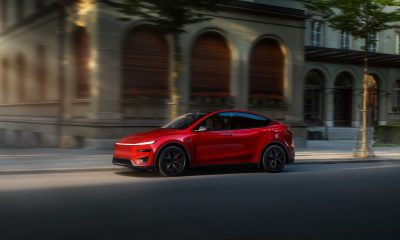
 News4 days ago
News4 days agoTesla Model Y Performance is rapidly moving toward customer deliveries
-
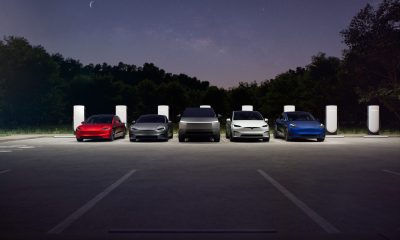
 News1 day ago
News1 day agoTesla is launching a crazy new Rental program with cheap daily rates

